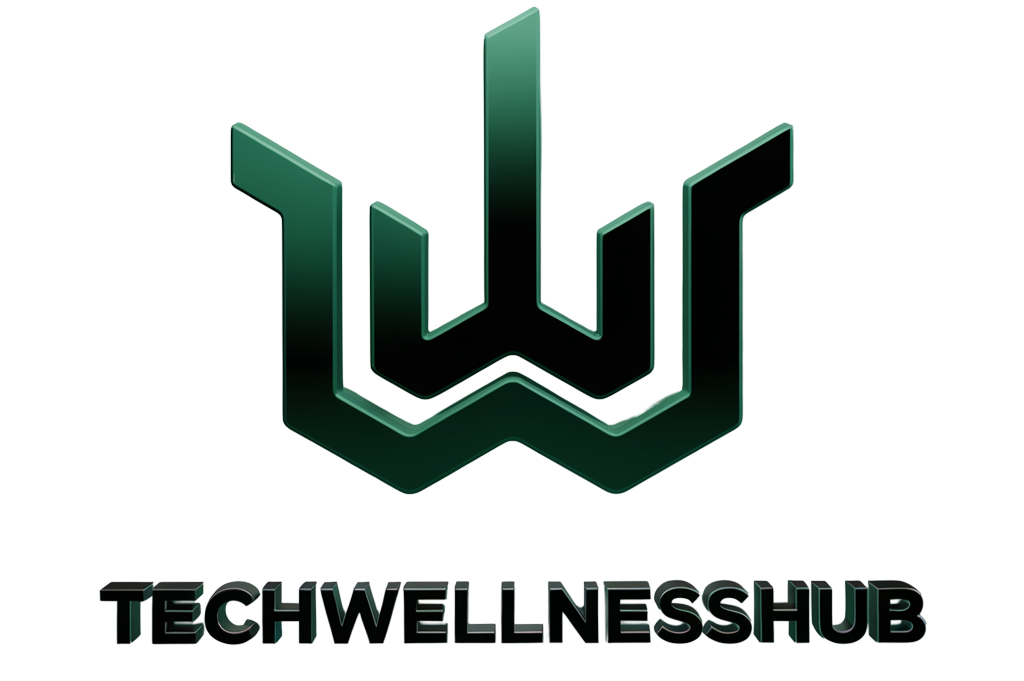Introduction
In an environment where competition is fierce, poor performance can translate to cart abandonment, negative reviews, revenue loss, and the decline of customer trust. Quality assurance has to be rigorously applied in the field of e-commerce; this includes spotting risky issues early on to ensure smooth customer transitions throughout all channels.
This deep dive will explore progressive QA strategies for e-commerce — improving your business metrics while giving customers the best experience across all devices. We’ll discuss establishing QA strategies utilizing usage metrics across the web, mobile, payment system, and delivery stages. Live traffic monitoring, synthetic user flows, and infrastructure monitoring approaches will be examined, and automated cross-browser regression suites. This includes Agile QA processes; CI/CD integration; and QA’s alignment with core business metrics.
An essential aspect of e-commerce’s success in achieving customer confidence is the execution of consistent perfection in discovering products and delivering them. By adopting a data-centric, risk-based method for detecting weaknesses upfront, e-commerce websites could prevent catastrophic downtime, speedy recovery of good results, and bolster confidence at moments when the stakes have never been higher. How can battle-proven techniques of QA Leaders help to drive seamless, predictable eCommerce? With the right eyesight and discipline, we can shape Quality Assurance to enable e-commerce conglomerates to ensure seamless transitions wherever customers interact.

Unique E-Commerce QA Priorities
- Seamless cross-device browsing and buying
- Cross-platform consistency of personalized user experience
- Ease of use navigation with predictive search features
- Fully automated end-to-end workflows for your Order Management
- With seamless integration to multiple payment gateways
- This means inventory accuracy is up to the minute across all channels
- Order orchestration for timely fulfillment
- Responsive, empathetic support systems
- Handling payments and personal information safely
- Strict adherence to the law, regulation & Accessibility best practices
- Fault-tolerant infrastructure and cloud architecture to avoid downtime
Testing is aligned with the most important customer flows and problematic spots, which results in trust due to top-notch customer experience.

Risk-Based QA Strategy
- Categorize Risks — Business, Compliance & Customer Impact
- A risk register associated with E-commerce components should also be maintained
- Use ROC (Receiver Operating Characteristic) models to assess risk for focused mitigation
- Increase test coverage for critical components and tighten up validation on potential “bottleneck” areas
- Update periodically senior management on risk coverage gaps
- Combine production monitoring and customer information with risk models
- Reevaluate your risks ongoing with periodic reviews as new risk landscapes materialize
- Share the Risk Transparency Across QA, Engineering, and Product Teams
- Embed risk-focused thinking in training and through feedback loops
A dynamic, test-data-driven risk framework drives priority testing, strengthens vulnerabilities, and supports sustainable user experiences.
Leveraging Usage Analytics
- Funnel-analysis Customer Journey
- Survey feedback and customer service interactions are the way to go here
- Monitor major site content and campaigns
- Figure out peak traffic dates/load characteristics
- Record buys, requests, and conveyance stream
- Monitoring Cart and Wishlist Events — High-value user actions
- Integration touchpoints with the heaviest dependencies
- Identify spikes signaling a potential outage/bottleneck
- Optimize testing with live data
Automating Regression Testing
- Validating the journeys will work between devices through UI testing
- API testing confirms integration robustness
- Unit test — core business logic
- Parallelize execution to accelerate feedback
- Enable CI pipeline for regressions
- Testing Left With Automated Testing In Development
- Intelligent Test Selection for Coverage Optimization
- Track Test Metrics – pass percentage, Duration, Failures
- Logs and telemetry analysis for operations
- Automation enables speed and scale
Performance and Load Testing
- The model projected user counts and growth
- Stress the application at peak load
- Finds bottlenecks in web, application, API, and database layers
- Page load time, response SLA testing at scale
- Verify that the auto-scaling is properly handling spikes in activity
- We are assessing caching and CDNs as a way to speed up assets
- Improve webpage load times with module bundling
- Test again after the infra changes/upgrades
- Validate tolerances and failover mechanisms
- Ensure scalability for demand spikes
Agile QA Processes
Follow the best practices while using Agile QA processes. First off, include QA in the sprint planning as soon as possible. It allows users to understand the requirements and take part in the whole plan. Secondly, user stories should be fragmented into discrete test pipelines that allow the QA team to work on specific parts and make sure full system checks are done. Thirdly, running tests during development is essential to capture any bugs before they become a problem.
Also important is the measurement of test coverage across risk levels and focusing testing work accordingly. Joint work on automation adoption improves productivity and lowers manual labor. The working prototype of an end-to-end integrated quality product in every Sprint reflects the work done and satisfies the client. Rewriting functionality post-close defects to test that the fix works correctly. Retrospectives can help with pinpointing improvement opportunities and thus polish up your QA processes.
Finally, track key quality metrics for each Sprint, such as test cases, defects, and escapes to understand the effectiveness of your QA practices. Continuous testing enables continuous delivery of quality software at each stage of the development cycle.
CI/CD Integration
- Test Assets and requirements for version control of test assets
- Test-Driven Development: Shifting testing left
- Run regression tests during commits and builds
- Tests in various environments (dev, QA, stag)
- Quality Gates stop faulty builds
- Deploy releases through automated pipelines
- Reset your rollback or disable failed deploys as quickly as possible
- Instrument code for production monitoring
- Check logs/metrics/telemetry for escapes
- Reduce release risks through automation
Conclusion
This in-depth eBook delivers tactics for implementing robust QA through the full customer path — from the moment of first product discovery through the timeline until that purchase is completed. By identifying potential pitfalls before they occur by means of data-driven risk assessments, utilizing real-user behavior data, automating cross-browser regression test suites, and testing in the intended production environment, e-commerce platforms can avoid costly downtime and establish lasting.
But more important than practices, is cultivating a culture that revolves around delivering seamless customer experience. Lead resilient squads which master the art of balancing continuous innovation, with uncompromising levels of quality assurance. With vision, dedication, and a strong focus on customer empathy, let us lead the revolution for QA advancements in the e-commerce space that would offer a smooth user experience across the board.
Ultimately e-commerce comes down to earning customer trust over time through seamless mission-critical transactions. As QA leaders, we need to stay laser-focused on continuously increasing the robustness of systems that thousands rely on for their life’s work. We are making progress with all the small steps we take every day to uplift individuals, teams, companies, and in turn, entire organizations to drive business transformation within enterprises.
The risks are huge as are the rewards. User Welfare is the lighthouse that illuminates our way forward; let us continue to explore new horizons in terms of excellence and time. Honor people through your work and the reward will follow you into your future. Uniting, we can drive disruptive innovation in Quality Assurance for e-commerce changemakers who dare to make exceptional user experience happen at scale.

